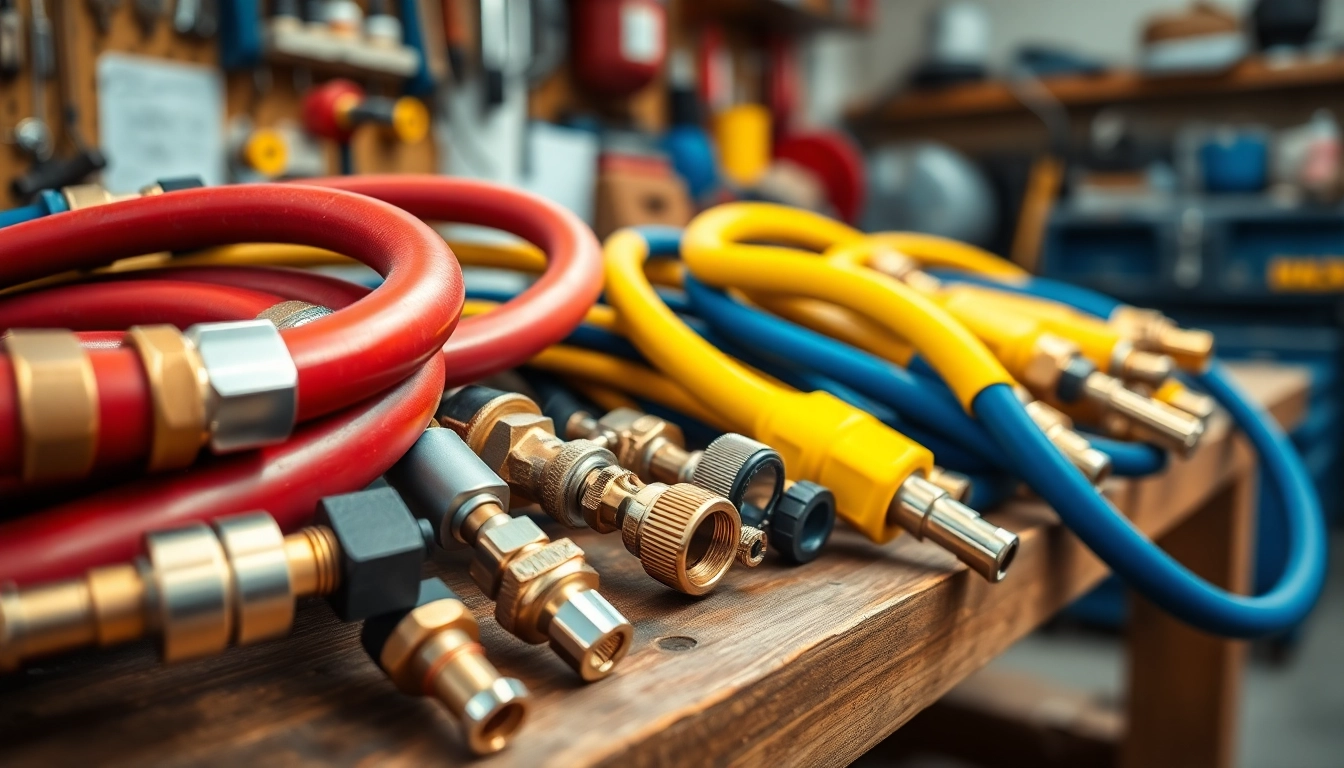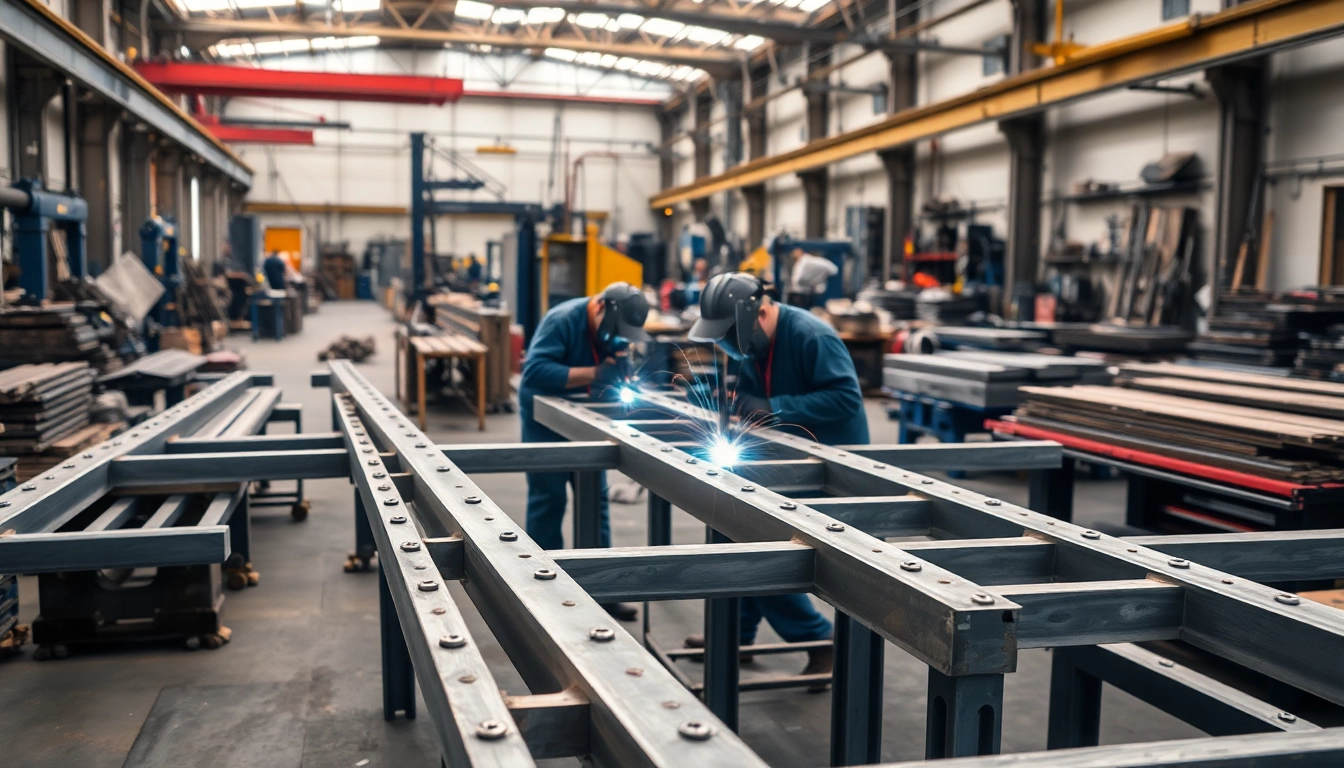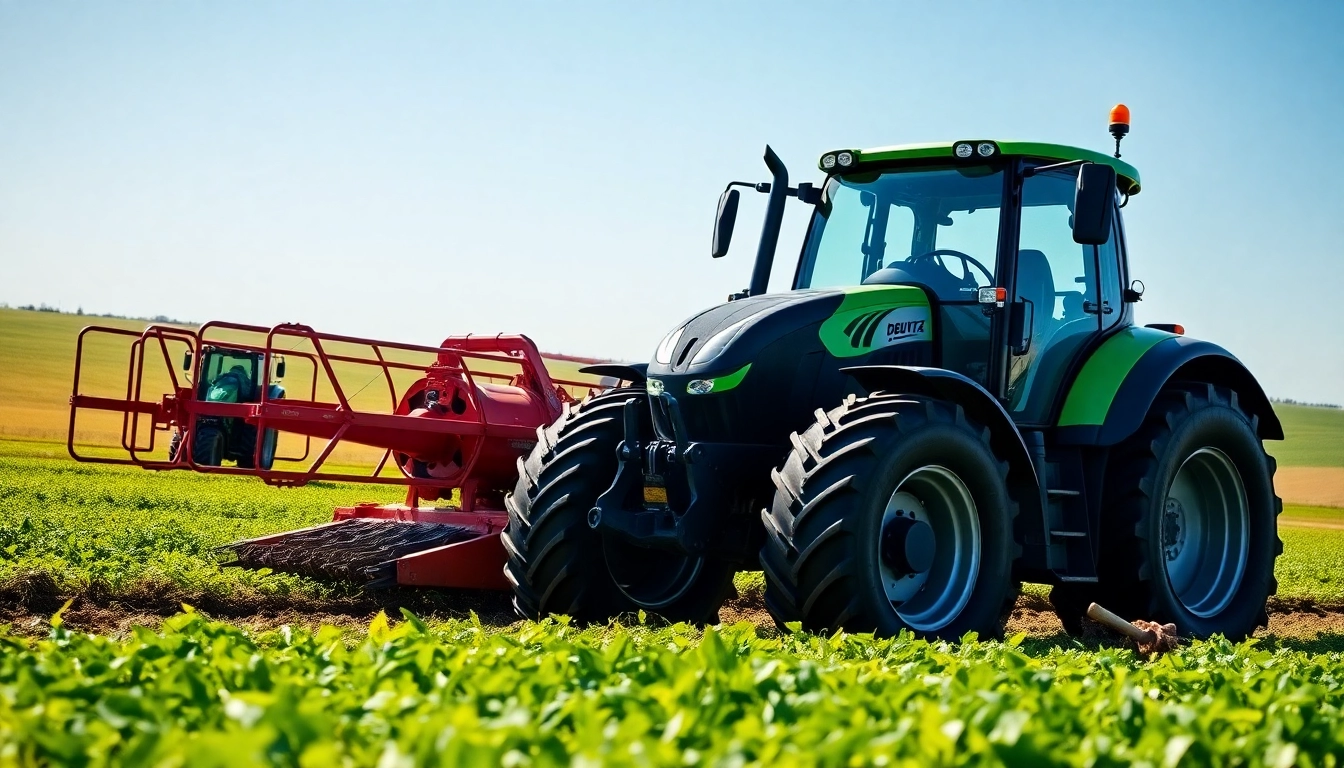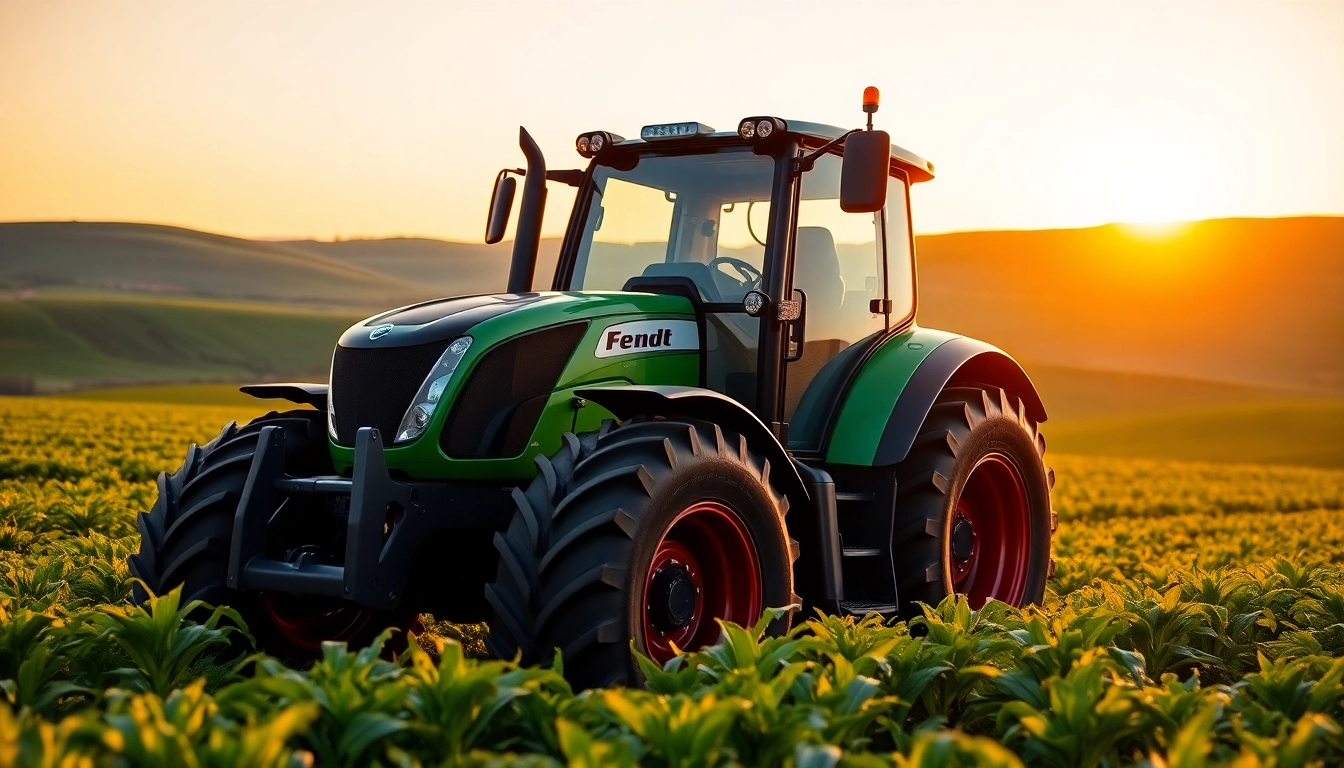The Essential Guide to Selecting the Right Air Hoses and Fittings for Your Projects
Understanding Air Hoses and Fittings
What Are Air Hoses and Fittings?
Air hoses and fittings are crucial components in pneumatic systems that utilize compressed air for various applications. An air hose serves as the conduit through which compressed air travels from a compressor to tools and equipment. Hoses are typically made from materials that can withstand high pressure, such as rubber, PVC, or polyurethane. Fittings, on the other hand, are connectors that secure the hoses to the tools or the air supply, allowing for efficient and safe operation of pneumatic tools.
These components are more than just simple tubes; their design and material play significant roles in determining airflow efficiency, durability, and overall performance. For many industries, the right choice of air hoses and fittings is essential to maintaining productivity and safety.
Common Uses in Various Industries
Air hoses and fittings are utilized across a broad spectrum of industries, including automotive, manufacturing, construction, and agriculture. In the automotive sector, for instance, air hoses are integral for powering pneumatic tools like nail guns, impact wrenches, and spray guns. In manufacturing, these components support assembly lines and machine operations, enabling automated processes that enhance production speeds.
In construction, air hoses help operate power tools, pneumatic machinery, and even filtration systems. Meanwhile, the agricultural industry relies on air hoses for various applications, such as greenhouse gas exchange and pneumatic seeders. Essentially, wherever compressed air is involved, you will find air hoses and fittings playing a pivotal role.
Key Features to Consider
When selecting air hoses and fittings, several key features warrant close attention. These include:
- Pressure Rating: Each component should be rated for the maximum pressure it will encounter during use, measured in PSI (Pounds per Square Inch).
- Material: The type of material affects flexibility, kink resistance, and longevity. Options include rubber, PVC, and polyurethane.
- Diameter: The inner diameter of the hose influences airflow volume and pressure drop. Choosing the correct size is critical for efficient operation.
- Coupling Type: Different coupling mechanisms (e.g., quick connect, threaded) may be required based on specific tasks and compatibility with existing tools.
Types of Air Hoses Available
Rubber vs. Polyurethane Air Hoses
Rubber air hoses are known for their durability and resistance to abrasions and extreme temperatures. They provide excellent flexibility; however, they may not be the best choice for extremely cold environments, as they can become stiff. Polyurethane, on the other hand, is lighter and often more flexible than rubber, making it easier to handle in tight spaces. However, it may be more prone to kinking under certain conditions.
In choosing between rubber and polyurethane air hoses, consider the specific applications and environments in which they will be used. For high-temperature or heavy-duty applications, rubber may be preferable. Conversely, for lighter-duty use where ease of movement is paramount, polyurethane is often the better choice.
Choosing Between PVC and Hybrid Options
PVC hoses are lightweight and economical, making them a popular choice for general-purpose applications. However, they can be less flexible and may not perform as well under harsh conditions compared to rubber or polyurethane hoses.
Hybrid air hoses combine the best characteristics of both rubber and PVC, offering flexibility, lightweight design, and excellent kink resistance. These are ideal for dynamic applications where hoses need to be moved frequently.
Specialized Hoses for Specific Tasks
While general-purpose hoses work for many applications, there are also specialized options tailored for specific functions. For example, welding hoses are designed to withstand high temperatures, while breathing air hoses have additional safety features to ensure the air supplied is free from contaminants. Additionally, some hoses are designed for specific tools, ensuring that they deliver the optimal performance required for those tools.
Selection Criteria for Air Fittings
Understanding NPT Sizes and Threads
Air fittings are typically based on National Pipe Thread (NPT) sizes, which denote the thread pitch and diameter. Understanding these sizes is crucial for ensuring compatibility between hoses, tools, and compressors. Common sizes include 1/4”, 3/8”, and 1/2” NPT fittings.
A good rule of thumb is to measure the outside diameter of the male threads and subtract ¼ inch, which indicates the nominal size required. It’s vital to confirm that your hoses and tools are compatible with the fittings to avoid leaks and performance issues.
Importance of Compatibility with Tools
Compatibility is key when it comes to air fittings. Many pneumatic tools require specific types of fittings (e.g., quick-connect, barbed, or threaded) to operate correctly. Before purchasing, check the manufacturer specifications for both your tools and the fittings to ensure they will work seamlessly together.
Material Durability and Performance
The material of air fittings affects both durability and performance. Brass and steel are commonly used for their robustness and resistance to wear. Plastic fittings, while lighter and less expensive, may not perform under high-pressure applications. Understanding the demands of your specific usage can help in selecting the appropriate material for your fittings.
Installation and Maintenance of Air Hoses and Fittings
Best Practices for Connecting Air Hose Fittings
Proper installation of air hoses and fittings is essential for safety and efficiency. When connecting hoses, ensure that threads are clean, and apply a thread sealant or Teflon tape if necessary to prevent leaks. Use the appropriate tools for tightening—over-tightening can damage fittings or hoses.
It’s equally important to handle hoses with care to avoid kinks and bends, which can lead to reduced airflow or pressure loss.
Routine Checks and Maintenance Tips
Routine maintenance is essential for extending the lifespan of air hoses and fittings. Regularly inspect hoses for signs of wear, cracks, or deformation, and check fittings for rust, corrosion, and leaks. Replace any damaged hoses or fittings promptly to prevent air loss and ensure the safe operation of pneumatic tools.
Additionally, storing hoses properly—away from direct sunlight and extreme temperatures—can also prolong their durability.
Common Installation Mistakes to Avoid
There are several common mistakes to avoid during installation, including:
- Incompatible Sizes: Always double-check thread sizes and types before purchasing fittings.
- Neglecting to Test for Leaks: After installation, conduct a pressure test to ensure fittings are sealed correctly.
- Using Incorrect Sealants: Using the wrong type of tape or sealant can lead to leaks; only use materials specifically designed for air use.
Safety Considerations With Air Hoses and Fittings
Identifying Potential Hazards
Working with compressed air poses various hazards, such as high-pressure injuries, flying debris from malfunctioning hoses, and chemical exposure from certain materials. It’s crucial to identify these hazards through comprehensive risk assessments and adhere to safety protocols to mitigate risks.
Being aware of hazards associated with your specific tasks will safeguard against accidents and ensure a safer work environment.
Protective Equipment and Procedures
Using personal protective equipment (PPE) is non-negotiable when working with air hoses and fittings. This typically includes safety goggles, gloves, and ear protection when using loud pneumatic tools. Establishing procedures for quickly disconnecting hoses during emergencies and keeping work areas clear of obstructions will help enhance safety.
Regulatory Standards to Follow
Compliance with local and national regulations is vital in ensuring safe working conditions. The Occupational Safety and Health Administration (OSHA) sets forth standards regarding compressed air use, and failure to adhere can result in significant penalties, as well as increased safety risks. Familiarize yourself with these regulations to ensure compliance and safety.













Post Comment